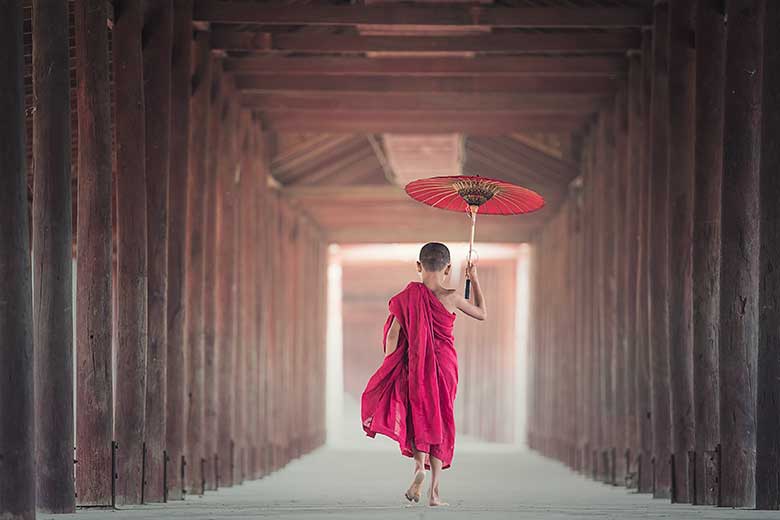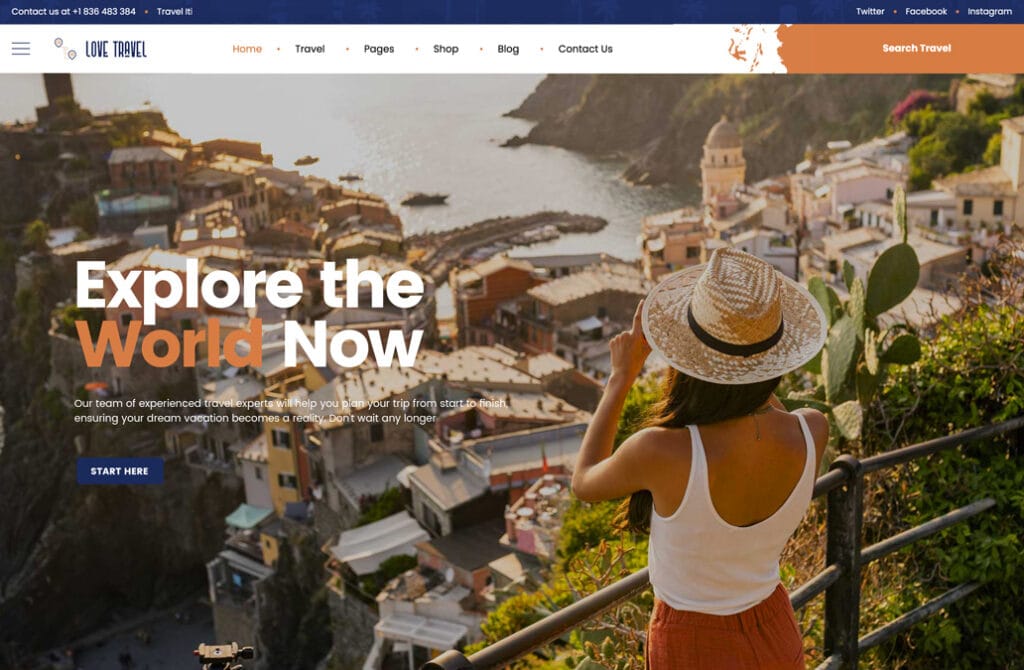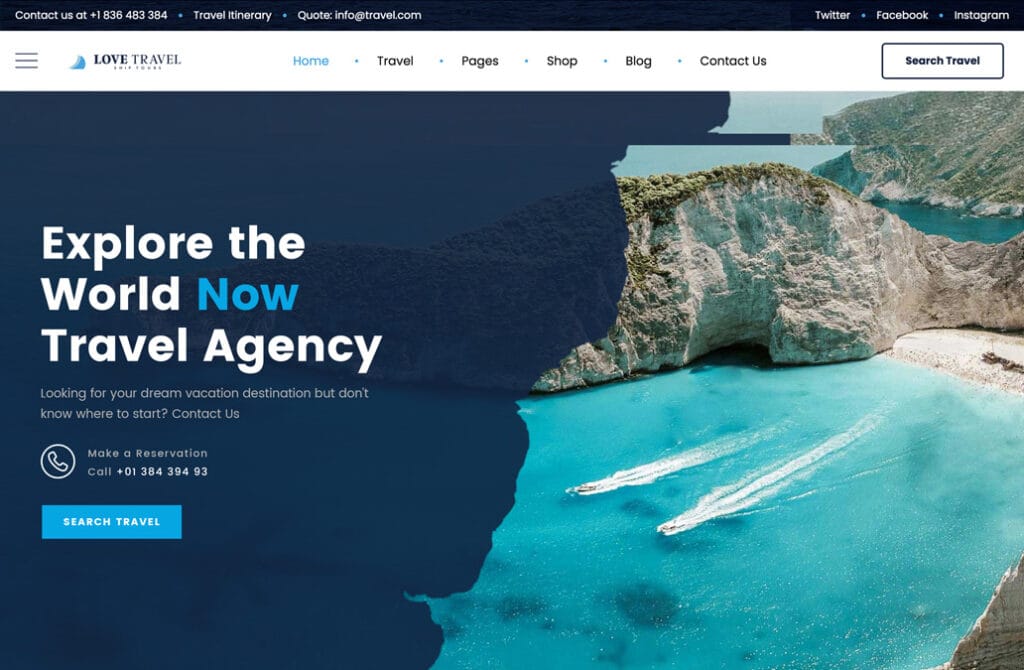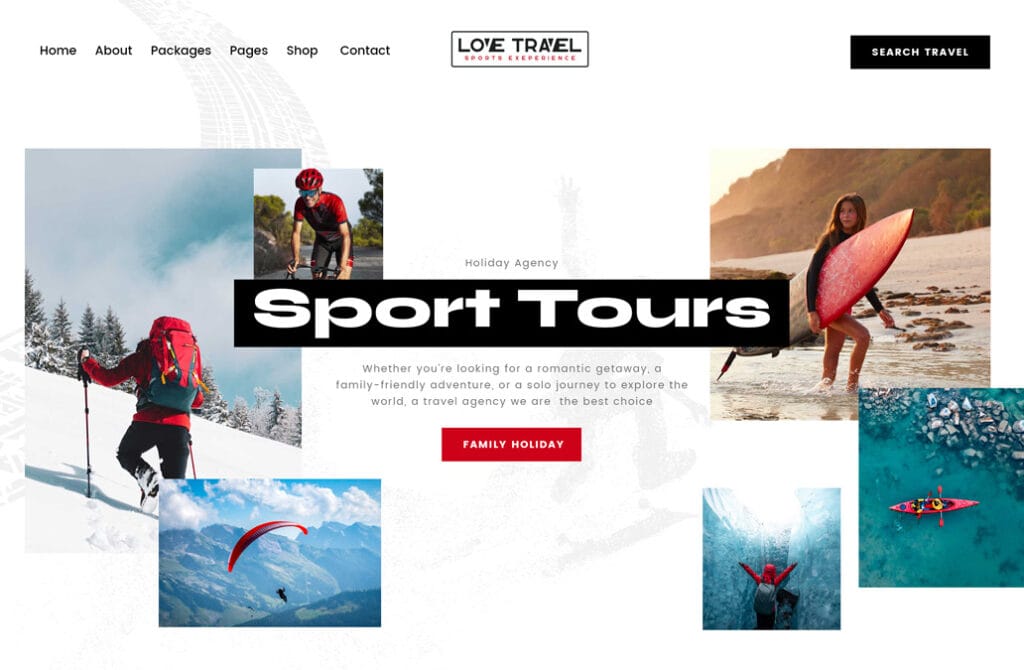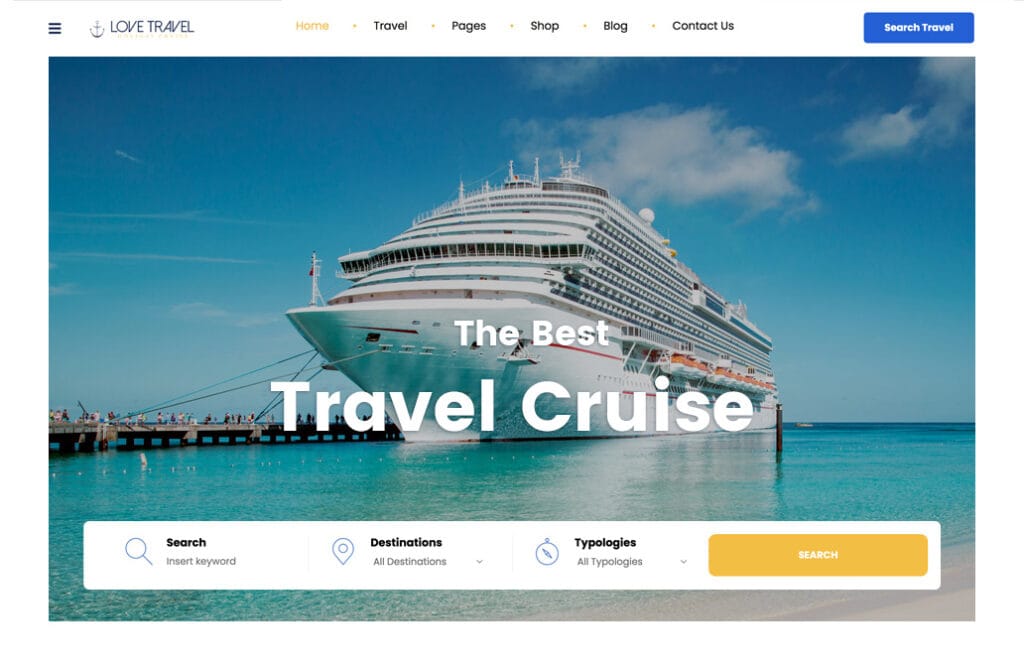Its great to travel around Morocco, but confusing unless you really know what you are doing. Transportation tips: trains, buses, taxis, ride-hailing of Morocco will help you save money, avoid scams, and move around with confidence.
Morocco offers many ways to travel: fast trains, reliable buses, city trams, traditional taxis, and modern ride-hailing apps. All options have advantages and restrictions.
In case you know how to manipulate them, your path will become easier and less stressful. This guide goes over all the details to help you enjoy Morocco 2025 without the need of any transport hassles.
Why Transportation Tips Are Important in Morocco
Morocco is an expansive and non-homogenous nation. It boasts of big cities such as Casablanca, Rabat and Marrakech. There are old medinas, desert towns, mountain villages and coastal resorts. Between them it is easy to get as long as you know your possibilities. There are trains linking the major cities Buses reach smaller towns.
Taxis handle both city rides and regional travel. Ride-hailing cannot be found everywhere, however, it can be found in large cities. This tends to put the tourists in a difficult situation since they are not familiar with the regulations.
When you are alone, you may overpay, spend too much time, and/or not feel safe. When it comes to travelling smart, there are means and ways of doing that, just like when choosing a mode of transport you need to follow the information provided as transportation tips.
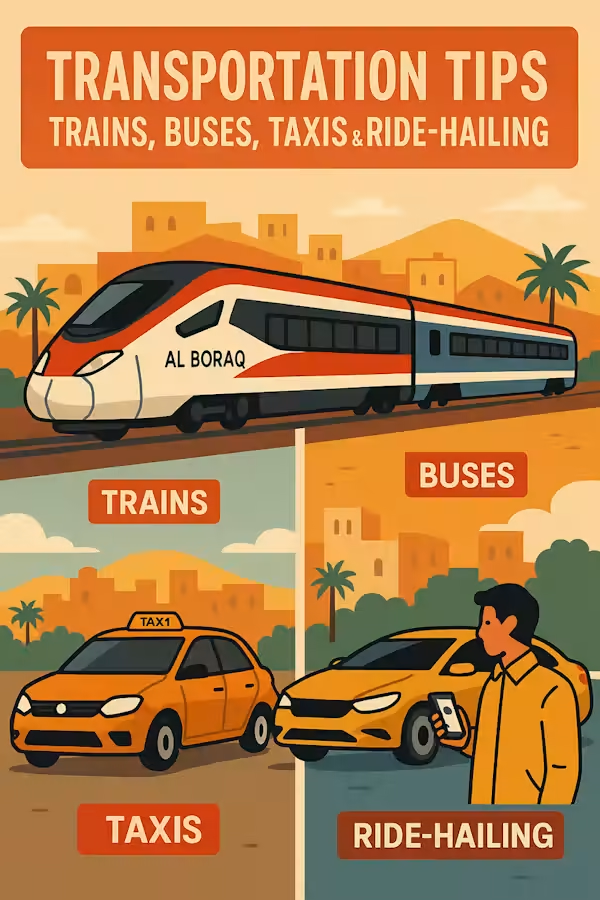
Train Travel in Morocco: Fast and Reliable
Morocco is one of the ideal countries to use trains. They are safe and clean and many times complement the driving speed. The system is run by the national firm ONCF The showpiece is Al Boraq, the first high-speed Africa train.
It links Tangier and Casablanca and takes less two hours. This simplifies the day trips between business centres Popular routes consist of CasablancaTangier, CasablancaMarrakech and CasablancaFes; as well as RabatTangier.
Rail transport has two classes Classroom 1 offers larger offers and reserved seats and is quieter. The second class is less expensive but busy at peak hours To purchase tickets is easy You can buy on-line on the ONCF site, at any stations or in kiosks. It is wise to make your reservation early in the case of weekends and holidays.
Be at the airport at least 20 minutes before the flight in order to go through security and reach the platform. Carry some coins in case you need some change. Families are advised to book their seats in groups, and women traveling alone might like to go to first class because it is more comfortable.
Trains are rarely late, most of them especially the fast line. For long distances, they are more comfortable than buses or taxis.
Bus Travel in Morocco: Affordable and Widespread
If you want to reach towns without train stations, buses are the way to go. They are well priced covering the entire nation. The main options are threefold. TM is the most dependable and advanced, where there are air-conditioning, seat allocation, and online. Pratours links the train networks and visits the tourist towns such as Essaouira.
Local buses are very cheap but basic, often crowded, and less comfortable. Long-distance buses have luggage storage, toilets, and sometimes Wi-Fi. Tickets are sold online, in stations or through agents. Always make sure you confirm the point of departure as various cities have more than one departure point Night buses save money on hotels but may feel less safe.
Stash the valuables, bring a small blanket or light jacket and sit upfront to have a calm mind. For budget travelers, buses are the best choice. They are not fast as trains but almost everywhere.
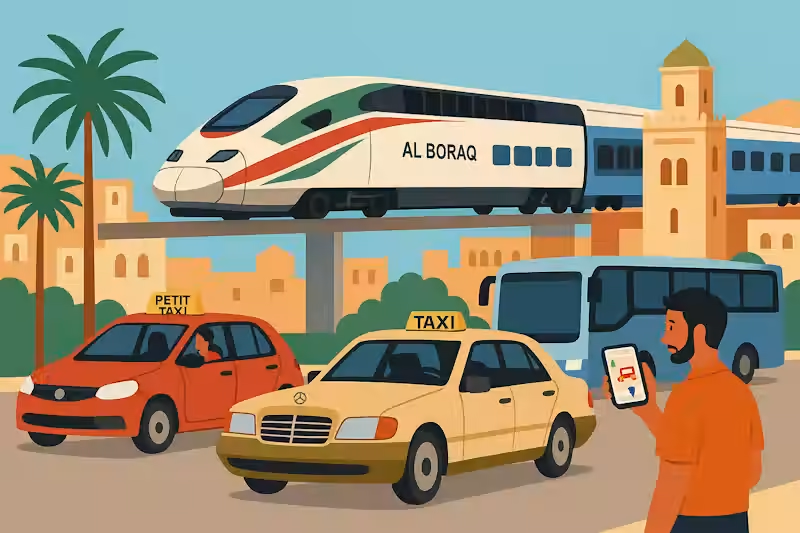
Taxis in Morocco: Petit vs Grand
Taxis are part of daily life in Morocco. These are of two kinds. Petit taxis work inside cities. They may have up to three passengers; they should have a meter. Cities have their own colors In Casablanca they are red, in Marrakech they are beige and in Rabat they are blue.
Should the driver refuse his meter, bargain a price prior to starting. Grand taxis connect towns and villages. They are mostly used Mercedes that transport six passengers. The prices are one per seat In case you need additional space, you can afford additional seats.
Grand taxis don’t follow strict schedules. They go when they are full, and therefore waiting times can vary. For short trips they are useful, but for long journeys, buses or trains are better.
Safety precautions should include offering a polite greeting to the driver, not telling him or her too much personal information, stashing small change, and using designated taxi areas. Take Ubers at night when you can.
Ride-Hailing of Morocco: Modern Convenience
Morocco The city of Morocco is rapidly increasing the usage of ride-hailing apps. It is more secure to tourists since they understand the cost prior to the journey. Heetch is present in Casablanca, Rabat and Marrakech. inDrive does not require any preset price, but the passenger is able to give his/her own price, and drivers can accept or negotiate.
This causes it to be flexible, although it necessitates familiarity of the common rates Uber quit Morocco in 2018, but has recently planned its revival in 2025 with the initial market to be in Marrakech.
Upon arrival always double check the app To make it safe, check the plate number, compare the driver picture, and arrange in advance who is in your car. The preferred mode of payment is digital, but carry some form of cash as back up.
Moving Inside Moroccan Cities
Every city has transport character of its own Casablanca has a very recent tramway composed of four lines. It is efficient, affordable and does not involve traffic. For short trips, petit taxis and ride-hailing apps are best.
Marrakech has no wide streets in the medina area so foot transport is the most convenient. Petit taxis cover modern areas and the airport. The Moroccan cities of Rabat and Sal e are linked by tram which crosses the Bouregreg River.
It is dependable and cheap. Fes and Tangier have walkable old towns, but petit taxis are needed for longer trips. The trains communicate Tangier with the rest of the country. In Essaouira, it is ideal to walk because it is a sedate town. In every city there are several options and the appropriate choice is based on the distance, time wasted and budget.
Intercity Travel: Choosing the Right Method
For intercity travel, you have three main choices: trains, buses, and grand taxis. An express train is fastest and most comfortable and especially one between Casablanca and Tangier. Buses are cheapest and cover more destinations. Grand taxis are flexible but less comfortable.
Which one to About the distance between the fog and the ground, the relationship between the distance between the fog and the ground and the shape of the ground, and about some other fifty things. If time is important then take the train.
When it comes to the issue of money use bus. Then when time is of the essence, take a grand taxi. Quite a number mix techniques As an example, it is possible to use a train to Tangier and a bus to Chefchaouen and a grand taxi as a final mode of transport.
Budget-Friendly Transportation Tips
If you want to save money, shared taxis and local buses are the cheapest options. Students and tourists can sometimes get discounts on trains or buses. The ticket counters should always be asked around. Casablanca and Rabat city have a well-connected and very cheap tram system.
On-line purchases can also be less expensive and assure a place. In order to save on night services, travel during the daytime. Carry small change to avoid overpaying taxis. In Morocco even on a low budget it is not difficult to travel in safety.
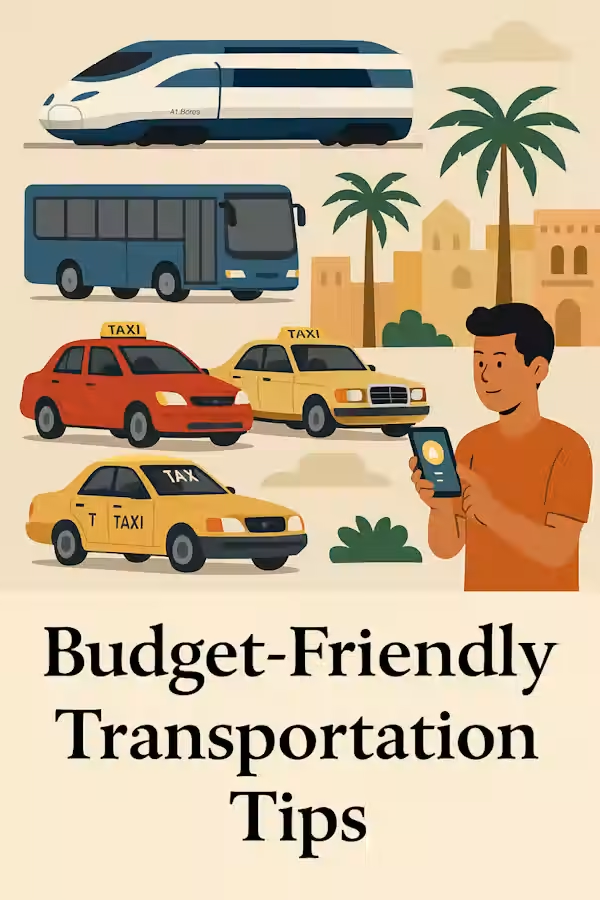
Tips for Families and Solo Travelers
Families should book seats together on trains and buses. Bring pitfalls, water, and games and keep the kids busy. On long journeys schedule loo stops at the stations. Solo female travelers should use ride-hailing or official taxis, avoid isolated areas at night, and wear modest clothing in rural towns. It is not dangerous to travel alone as long as you are aware of what is going on and pay attention to your intuition.
Cultural Etiquette for Travelers
Respect is important in Moroccan culture. Always greet drivers with “Salam” or “Bonjour.” Tipping is not required, but rounding up is polite. Payment is almost always in cash. Keep coins and small bills ready. never argue with drivers; before starting the ride, be sure of the fare. Exuding patience and using polite language would help to build on the trust factor.
Common Mistakes to Avoid
Tourists often make simple mistakes. They miss out on taxi fares confirmation, mix up bus stations and forget to bring the right amount of money. Some assume ride-hailing works everywhere, but it doesn’t. Others expect credit card payments, which rarely work for taxis. Plan ahead and have small change so that you can avoid these errors.
Sustainable Travel in Morocco
Travel choices affect the environment. Trains and trams are eco-friendly. Walking and cycling are good in cities like Essaouira. Shared taxis and buses reduce emissions compared to solo driving. When you are concerned about sustaining the environment, use shared transport whenever you can. Morocco is under construction, extending clean energy and better infrastructure, but this means that the transport is getting better each year.
Combining Transport Options
The best trips often use more than one method. A traveller can also take Al Boraq to Casablanca, followed by a tram to the hotel and a taxi to the medina. Get to Chefchaouen by taking a train to Tangier followed by a bus to Tetouan then a grand taxi to town. Coordination of mixed transport allows you to save your time and adjust to the geography of Morocco.
Seasonal Travel Advice
In summer, trains and buses get crowded. Always book early. Air-conditioning works well on modern trains and CTM buses but not always on local buses. During the winter, the snow may shut mountain roads, particularly around Ifrane. Always check weather before traveling. During the Ramadan, traffic does not stop, but there are very busy evenings when the sun sets. Plan extra time if traveling then.
Business vs Leisure Travelers
Business people require speed and dependability. They are best suited when traveling by trains and other ride-hailing apps. They make meetings prompt and less stressing. Tourists who travel on leisure may be in need of cheaper alternatives Buses and taxis give them flexibility to explore. Families may prefer first-class trains for comfort, while backpackers often choose local buses and shared taxis to save money.
Scams and How to Avoid Them
There are taxi drivers who do not wish to switch on the meters and ask higher amounts. Before you get into the shop make sure you confirm the price to the shopkeeper. Also in bus stations, unofficial agents can approach tourists.
Do not buy the tickets at other sources. In ride-hailing, drivers cancel rides then provide trips on a cash basis. Never wear; always keep indoors the app These are easy to remember rules that will protect you against typical frauds.
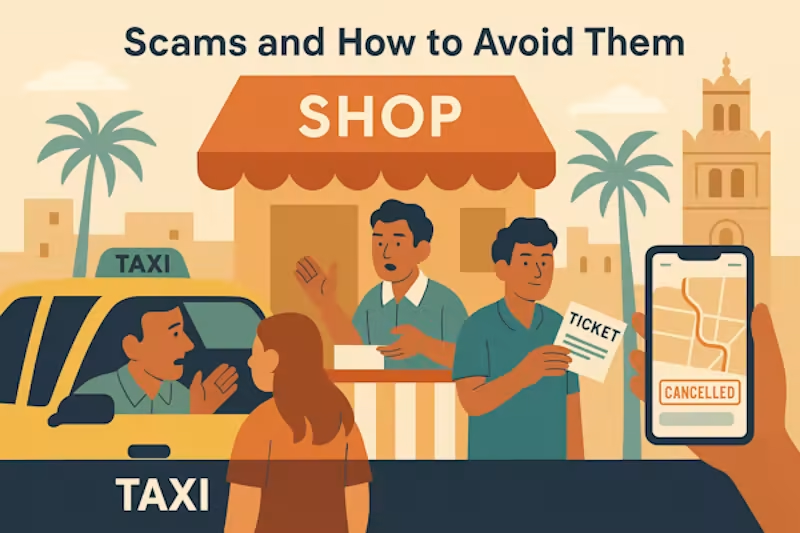
Technology Tips for Travelers
Technology facilitates travelling Download apps to trains ONCF. Google Maps or Maps.me to use when it needs to navigate in the medinas. Google trans creates French/Arabic words. Purchase a local SIM card of Maroc Telecom, Orange or Inwi to gain access to the internet. Ride-hailing requires the data and a SIM card is necessary. Many buses and stations have Wi-Fi, but don’t depend on it for important bookings.
Transport for Desert and Remote Areas
The Sahara is a highlight of Morocco. Grand taxis or minibuses run to Erfoud or Ouarzazate from where buses are available to Merzouga or Zagora. Tours often combine buses with 4×4 vehicles. Always bring water, snacks, and cash. Stops are rare in the desert. In the Atlas Mountains, grand taxis are often the only choice. Travel is slower, but the views are worth it.
Tips for Long-Distance Trips
Long trips over five hours need preparation. Trains are best for comfort. Buses are cheaper but slower. Always bring water, snacks, and entertainment. When travelling at night, carry precious items with you and take neck pillows or blankets with you. Night buses save hotel costs but reduce sleep quality. Mix day trains with occasional night buses for balance between comfort and cost.
Transport for Tourists vs Locals
Tourists often use trains, CTM, and ride-hailing. Locals rely heavily on petit taxis and grand taxis. Locals are familiar with how to haggle prices; tourists invariably end up paying higher prices. By observing how the locals travel, you will acquire quality habits. Join them in shared taxis for an authentic and cheap experience.
Regional Differences in Moroccan Transport
The north is more connected in rail and roads with Tangier, Rabat, and Casablanca having a relationship through Al Boraq. The south is harder to reach, with buses and taxis as main options. Desert areas need long drives, while coastal areas like Agadir are served mostly by buses. Knowing these differences helps you plan realistic travel times.
Airport Transfers
Mohammed V Airport at Casablanca links to Casa Voyageurs via train. Marrakech Airport uses taxis and ride-hailing. Rabat Airport has taxis at the terminal. Tangier Airport connects by taxi or bus. Always check prices before traveling. Airports are busy, so plan transfers in advance.
Accessibility Tips
Morocco is upgrading but limited to some people who are reduced in mobility. New trains can be fully accessed, but old stations are not equipped with elevators. Trams in Casablanca and Rabat are wheelchair-friendly. Buses are harder, and taxis often have no ramps. Patients with mobility problems are advised to travel by train and use Ride-hailing.
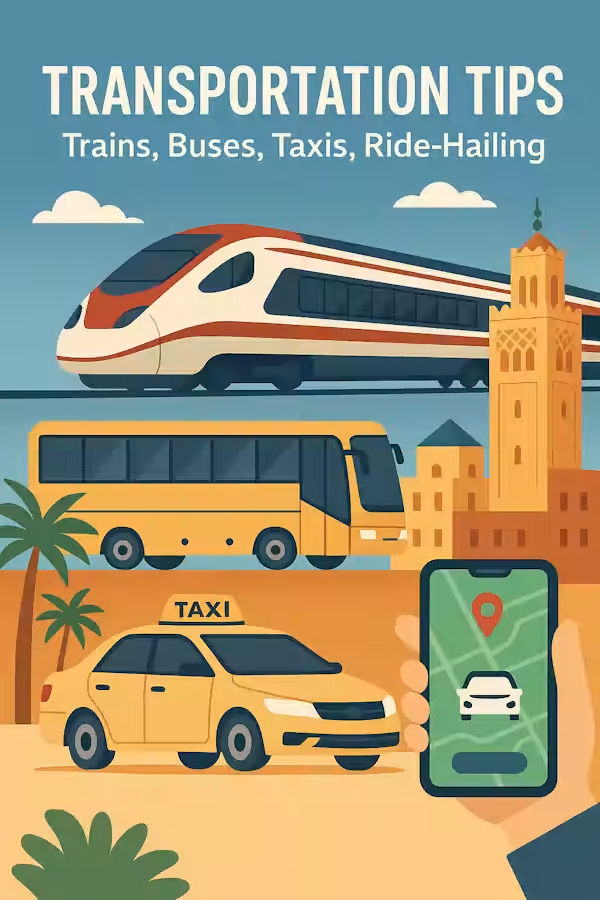
Packing and Preparation for Travel
Always carry cash in small bills, water, and snacks. When making a long trip, take some entertainment with you such as music on your phone, books, or movies. Pack light, as luggage space is limited on buses and taxis. Offer the translations of French or Arabic names such as station, ticket and fare. Simple preparation makes travel less stressful.
Best Times to Travel
Try and avoid peak hour in big city’s like Casablanca and Rabat. Trains and buses are busiest on Fridays and Sundays. Mornings are usually calmer. Traveling midday may give you more comfort and space. Be smart during the summer and holidays when tickets go quickly.
Final Transportation Tips: Trains, Buses, Taxis, Ride-Hailing of Morocco
Navigating the vibrant cities and stunning landscapes of Morocco is an adventure in itself. To travel like a pro, you’ll want to master the local options. For long distances, the trains are modern and efficient. Buses are your go-to for an incredibly affordable journey, reaching smaller towns trains don’t. For shorter hops, the iconic petit taxis offer unbeatable flexibility, while ride-hailing apps provide a familiar and safe option in urban areas.
The real secret is mixing and matching these modes of transport based on your needs. Remember to book train tickets in advance for the best prices, always confirm a fare before getting into a taxi, and keep a stash of small change for drivers. A little patience and a friendly attitude will go a long way with everyone you meet.
By mastering these essential transportation tips: trains, buses, taxis, ride-hailing of Morocco, you’re set for a journey in 2025 that is not only smooth and safe but also an authentic and enjoyable part of your Moroccan experience.
FAQs
What’s the fastest transport in Morocco? High-speed trains like Al Boraq.
What’s the cheapest? Shared grand taxis or local buses.
Is night travel safe? Yes with CTM or Supratours, but always stay alert.
Do ride-hailing apps work everywhere? Only in big cities. Use taxis or buses elsewhere.
Can I pay by credit card? Only for online train or CTM bookings. Most taxis take cash only.
Do schedules change during Ramadan? Yes, especially in the evening. Plan extra time.
What’s best for the desert? Buses plus taxis or tours.
Can tourists rent cars? Yes, but Moroccan driving styles can be aggressive. Best for groups or remote areas.
Are trams good for tourists? Yes, in Casablanca and Rabat they are safe, cheap, and easy.
What’s the best option for airport transfers? Trains for Casablanca, taxis or ride-hailing for Marrakech, Rabat, and Tangier.

